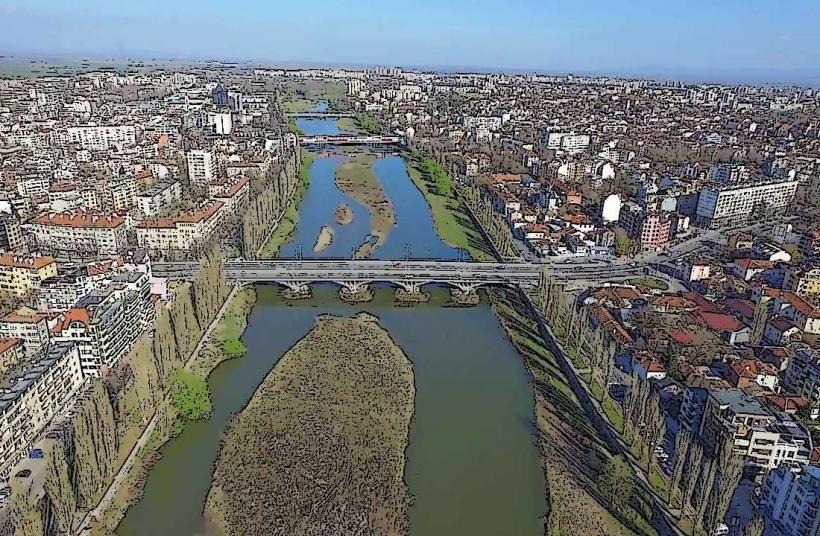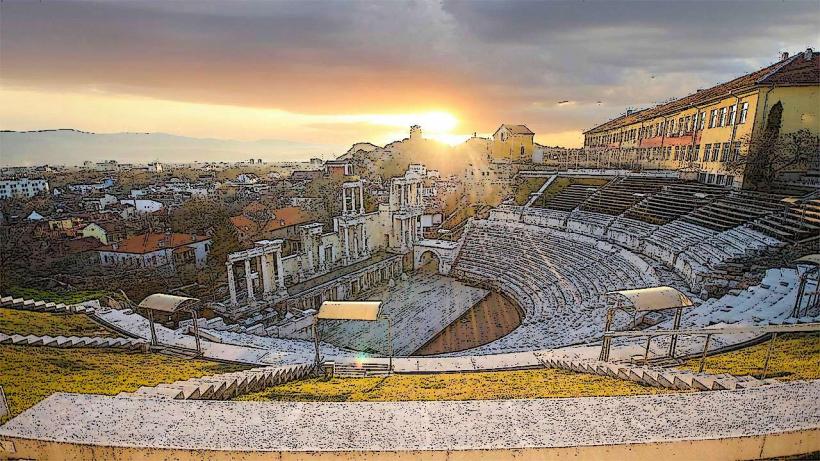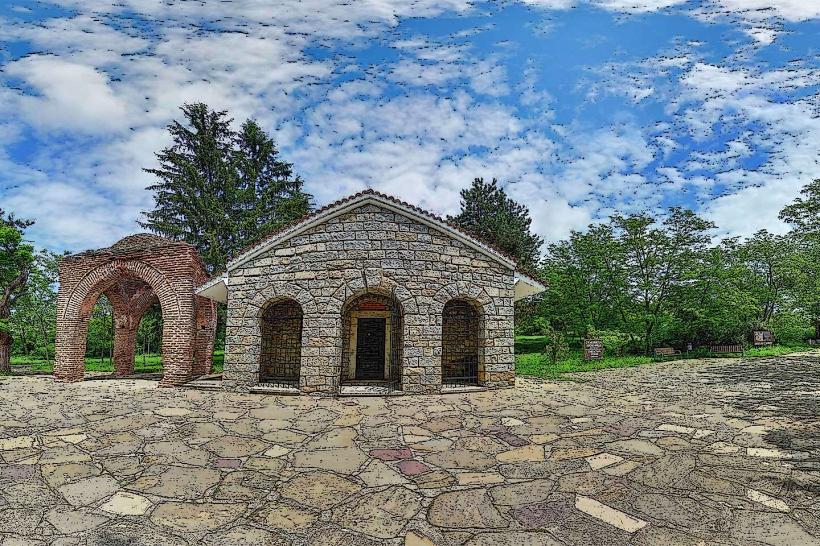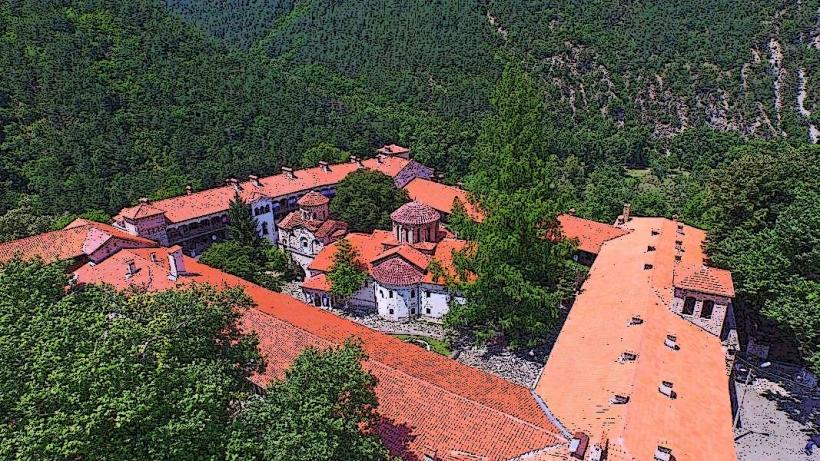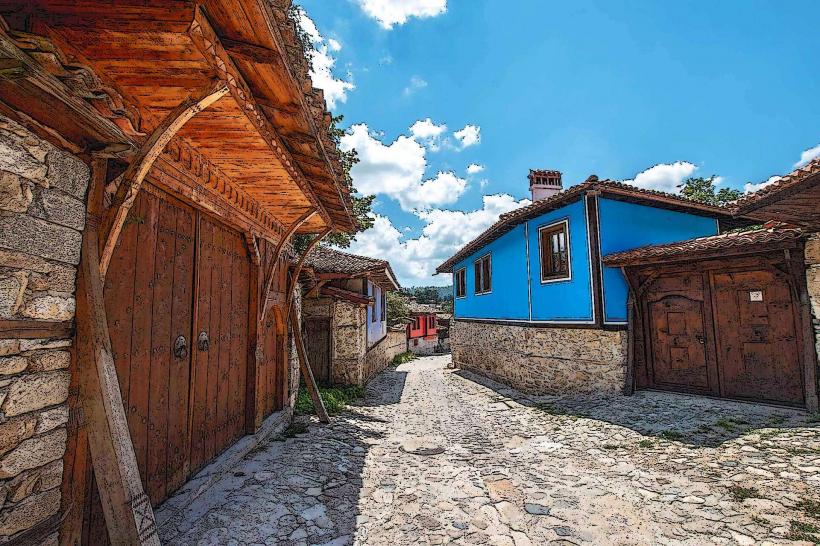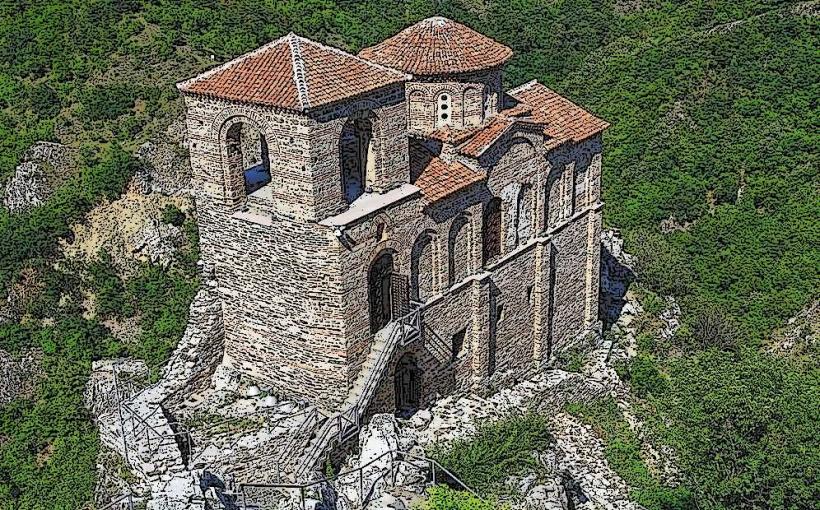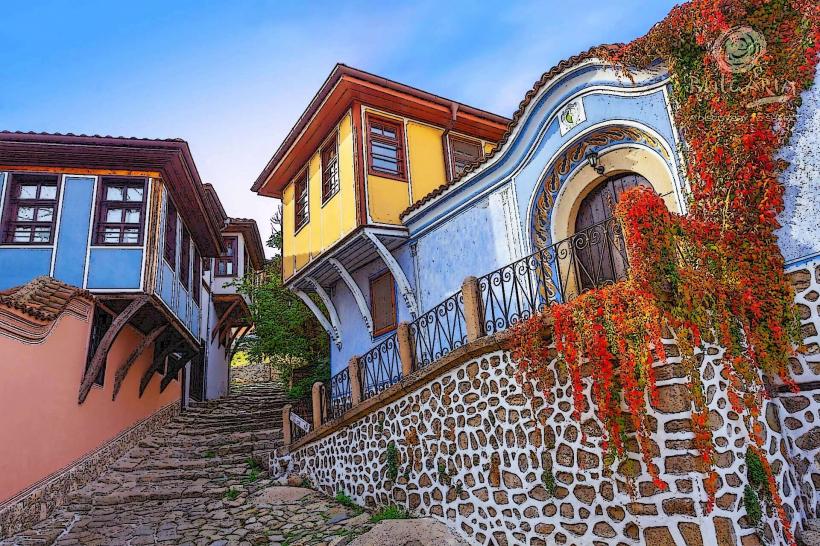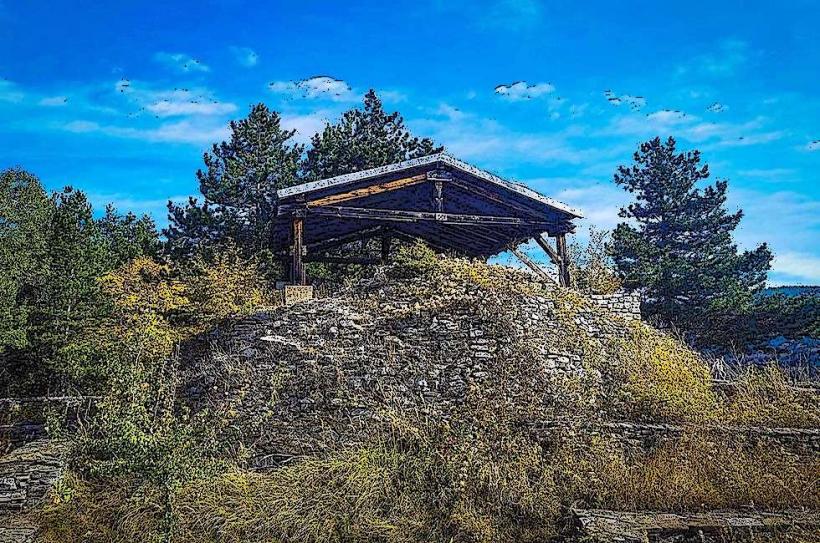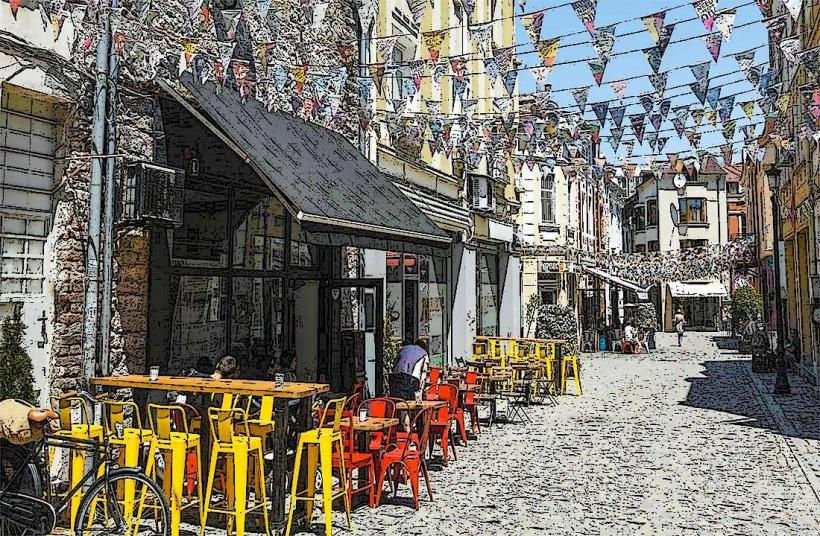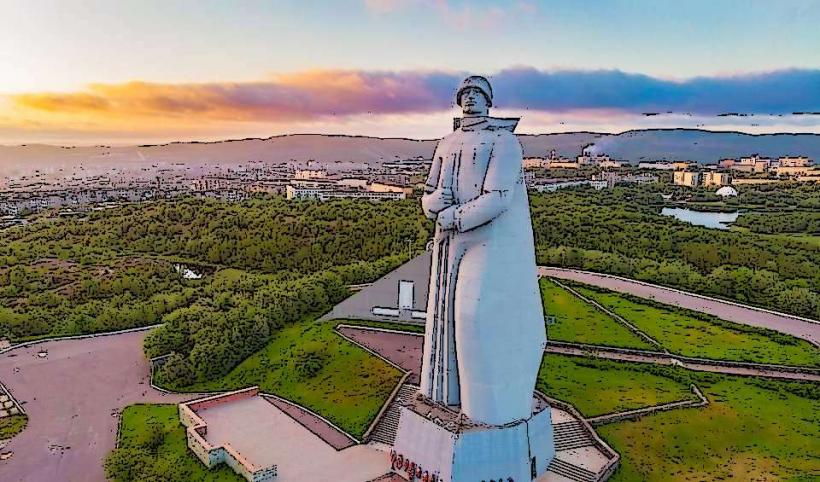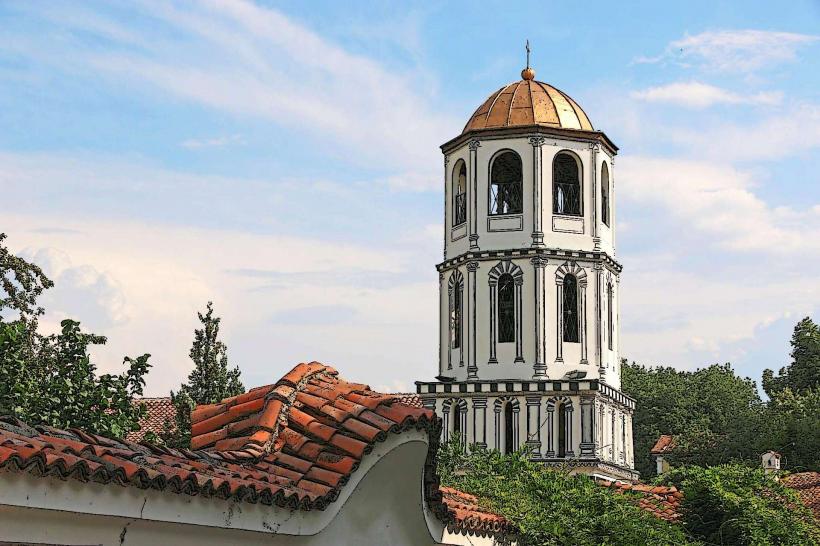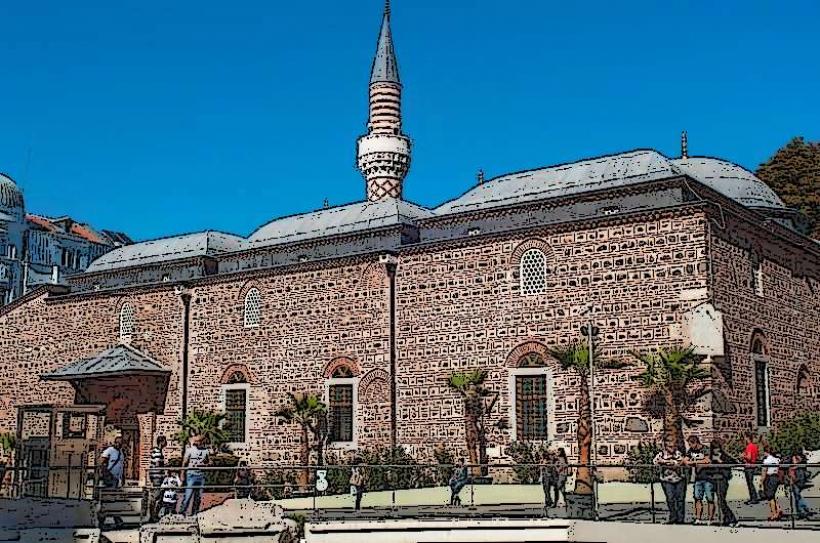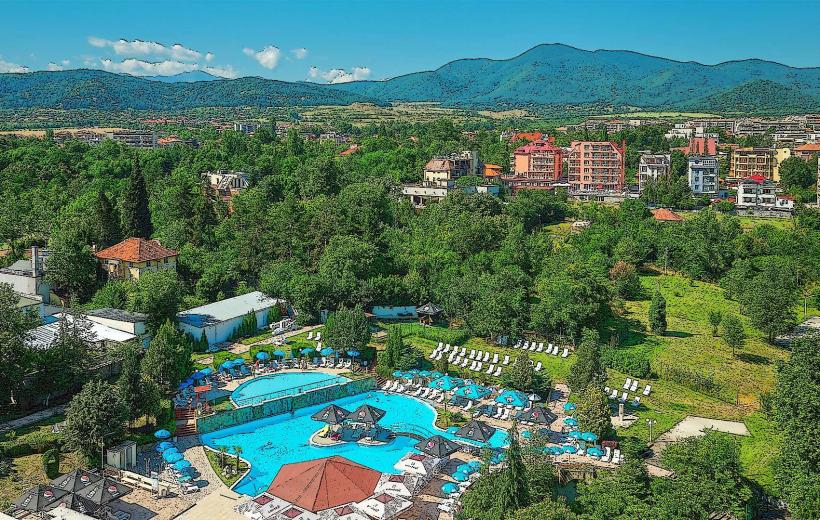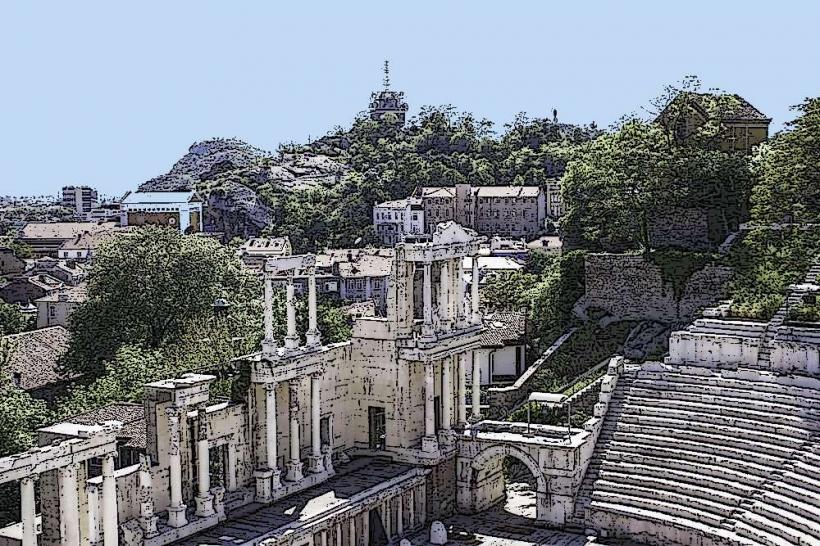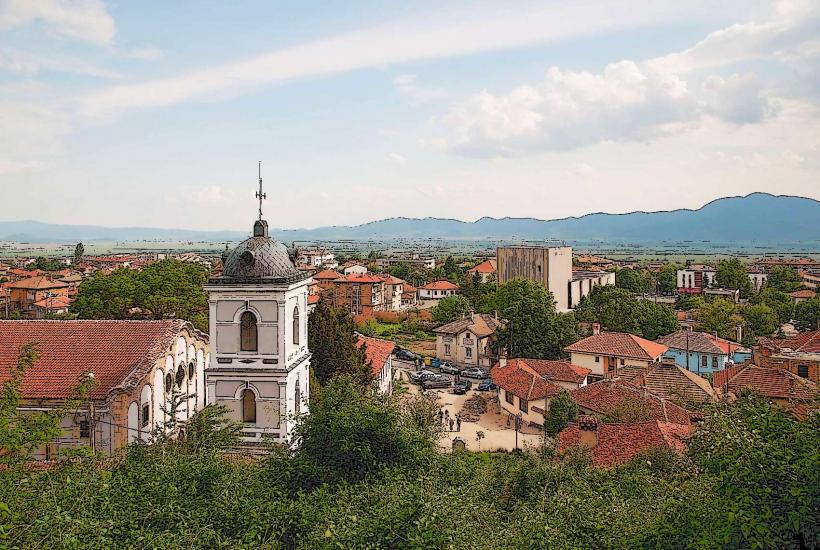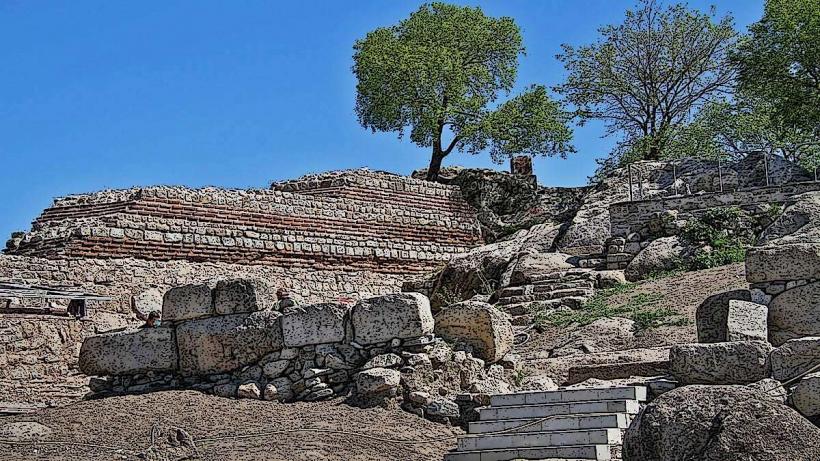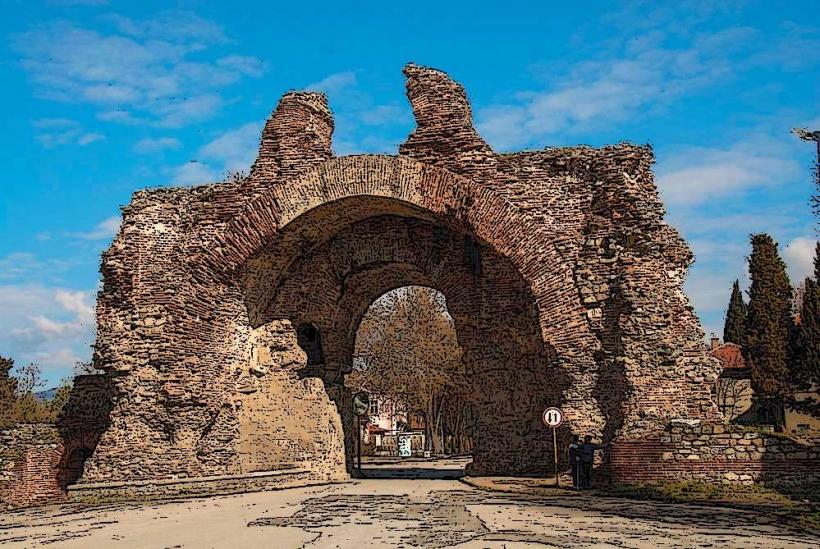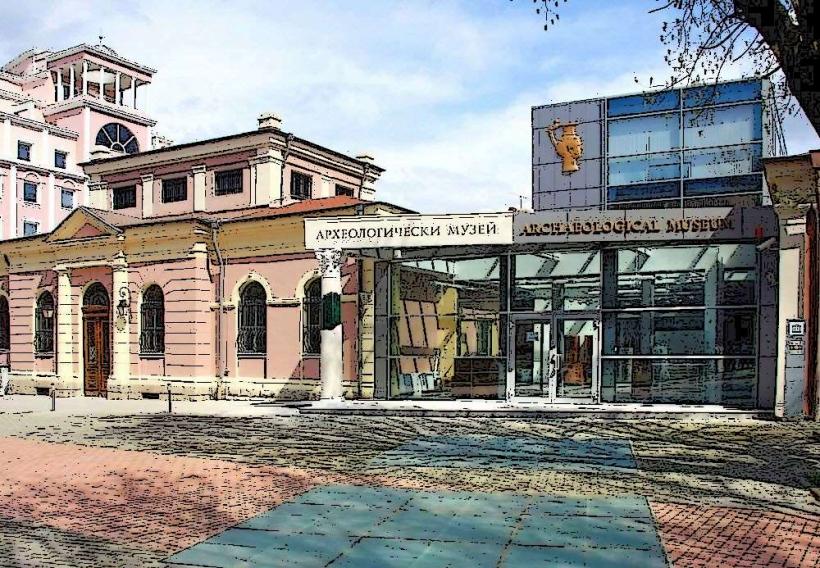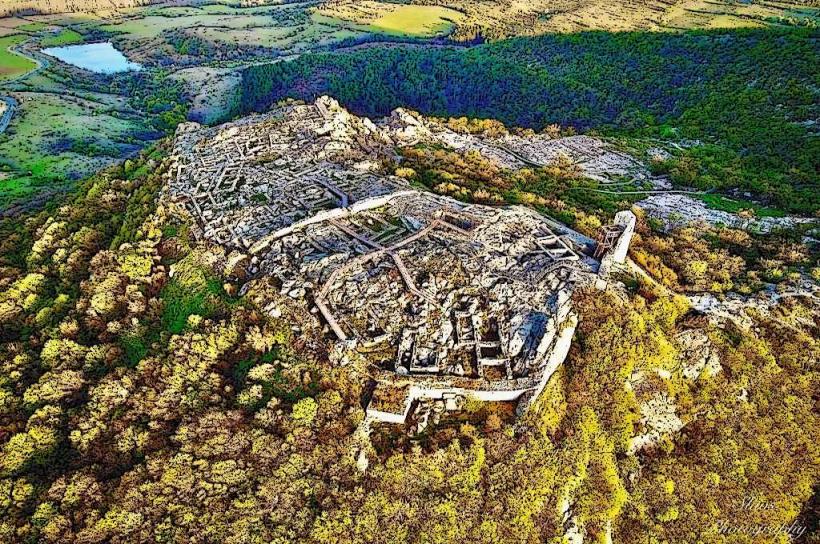Information
Landmark: Plovdiv Roman StadiumCity: Plovdiv
Country: Bulgaria
Continent: Europe
The Roman Stadium of Plovdiv is an ancient archaeological site located in the heart of Plovdiv, Bulgaria. Built during the Roman Empire in the 2nd century AD, it is one of the best-preserved ancient structures in the city and a significant testament to Plovdiv's rich historical heritage.
Key Features
Structure and Design: The Roman Stadium was designed in the traditional style of Roman amphitheaters, featuring a U-shaped layout. It originally measured about 240 meters in length and 50 meters in width, capable of seating approximately 30,000 spectators. The seating area was arranged in tiers, allowing for an unobstructed view of the events taking place in the arena.
Functionality: The stadium hosted various public events, including athletic competitions, gladiatorial games, and other spectacles typical of Roman entertainment. It served as a central venue for social gatherings and cultural events, reflecting the importance of public life in Roman Plovdiv (known as Philippopolis).
Archaeological Discoveries: Excavations have revealed significant remains of the stadium, including sections of the seating, the arena, and the entrance gates. Notable discoveries also include inscriptions and artifacts that provide insights into the cultural and social life of the time.
Historical Context
The Roman Stadium was built during the reign of Emperor Hadrian, who was known for his extensive building projects throughout the Roman Empire. The stadium's construction reflects the grandeur and sophistication of Roman urban planning and architecture, emphasizing the importance of entertainment in Roman society.
Modern Significance
Today, the Roman Stadium is an essential part of Plovdiv's archaeological heritage. Although parts of it are located beneath modern buildings and streets, the site is partially exposed and integrated into the urban landscape, allowing visitors to appreciate its historical significance.
Visiting the Roman Stadium
Accessibility: The Roman Stadium is conveniently located in the city center of Plovdiv, near other important landmarks such as the Ancient Theatre and the Old Town. Visitors can easily explore the site as part of a walking tour of the city.
Visitor Experience: The site includes informative panels that explain the stadium's history and significance, and it often hosts cultural events, exhibitions, and performances. This makes it a lively and engaging place for visitors to learn about Plovdiv's ancient past.
Conclusion
The Roman Stadium of Plovdiv is a remarkable archaeological site that offers a glimpse into the city's ancient history and Roman heritage. Its impressive structure and historical significance make it a must-visit landmark for anyone exploring Plovdiv. Whether you're interested in archaeology, history, or simply enjoying the atmosphere of this historic city, the Roman Stadium provides a captivating experience that connects visitors to the past.

